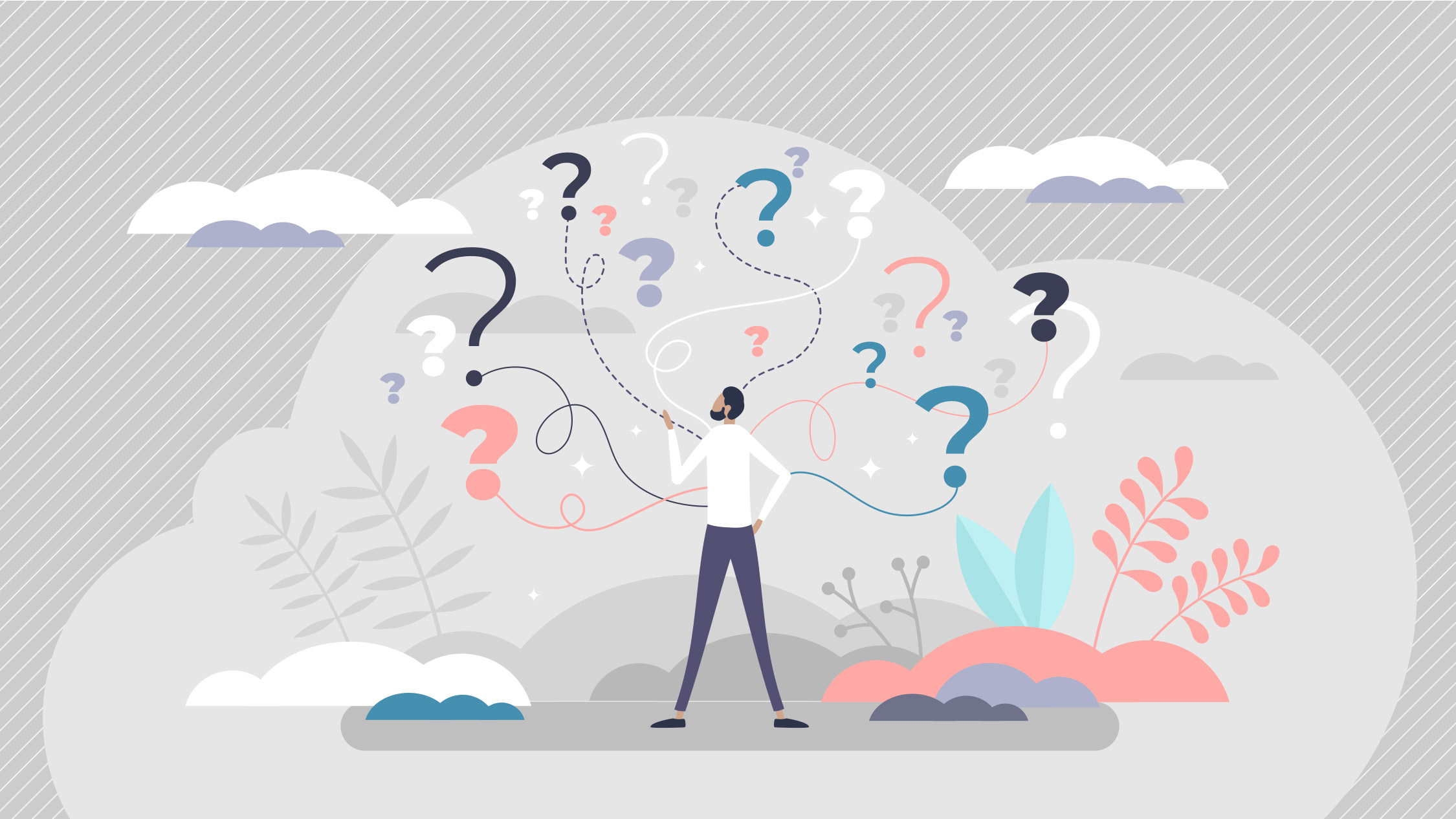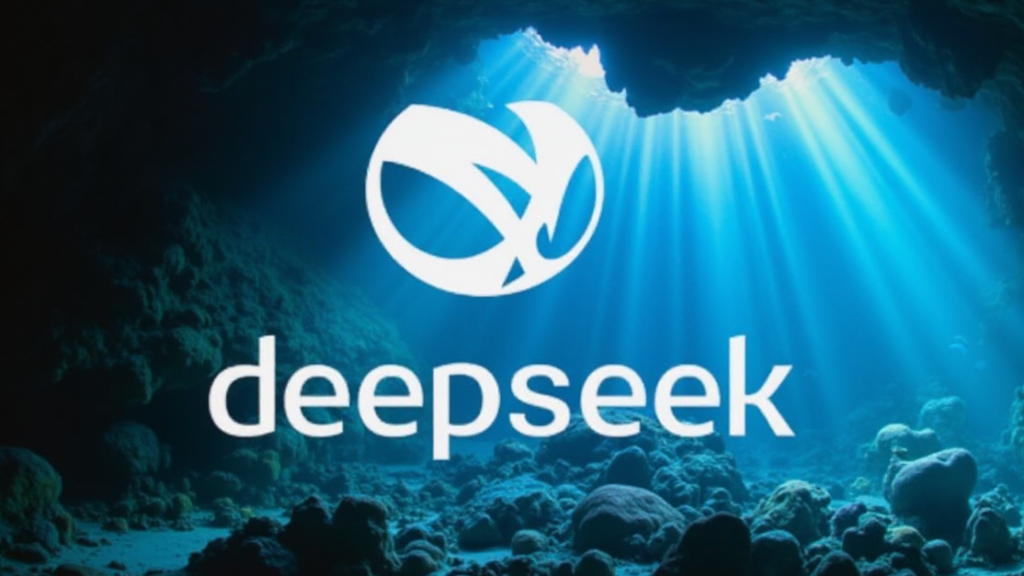Ever since DeepSeek quietly disrupted the AI world at the beginning of this year, I have been testing it to determine the best use cases and prompts for productivity. What began as an experiment with yet another AI tool quickly turned into a newfound dependency on the useful chatbot.
Less flashy and arguably less safe than the other chatbots, I have found that DeepSeek delivers razor-sharp reasoning in seconds, handles languages translations with ease, and adapts to contexts from technical research to fun storytelling.
But here’s the truth no one tells you: even the smartest AI is only as good as your prompts. After hundreds of interactions, these seven prompts have become my non-negotiables — the ones that save hours, spark ideas, and sometimes even make me laugh.
1. Analyzation

Prompt: “Summarize this research paper in plain English.”
As someone who lives and breathes AI, I often find myself buried in research papers. Don’t get me wrong, if I had the time, I’d read them front to back and sideways, but I simply don’t have hours to spare on deep reading.
This prompt has become my lifeline as someone who writes about AI but doesn’t have a PhD in quantum physics. DeepSeek goes beyond paraphrasing and identifies the core research.
You may like
2. Predictions

Prompt: “What are the best and worst-case scenarios for [topic] in the next 5 years?”
Unlike generic predictions, this prompt forces the AI to weigh opposing outcomes. I’m a big fan of using AI to take a look at all sides of a situation.
When I tested DeepSeek on “AI regulation,” it outlined a utopian vision of global policy alignment alongside a chilling (but plausible) scenario of geopolitical fragmentation. I’ve since used variations for project planning, parenting decisions (e.g., “screen time effects”), and even my fantasy football strategy.
3. Organization

Prompt: “Turn this chaotic brainstorm into a clear 3-paragraph article intro.”
Although these prompts are in no particular order, this prompt is what I use most for creative writing. As a former script writer and part time consultant, I usually have two to three scripts going on in my head at any given week. I use the notes section of my phone to jot down ideas and then upload those into DeepSeek for the AI to make sense of it all.
4. Agenda

Prompt: “Give me a daily agenda based on this to-do list — include breaks.”
Confession: I’d skip breaks without this prompt. When I input tasks like “finish research, grocery run, kid’s dentist appointment,” it schedules buffer time and even suggests ideal creative hours based on my past productivity patterns. The result? Fewer 3 p.m. burnout crashes.
5. Comparisons

Prompt: “Compare these three decisions in table format — add a pro/con column.”
Whether I’m comparing summer camps or running shoes, DeepSeek generates a comparison table in 10 seconds — complete with columns for “best for the value” and “potential dislikes.”
When it comes to making decisions, I’m a visual person, so physically seeing the pros and cons of a situation in a graph really help.
6. Writing help

Prompt: “Pretend you’re an editor — how would you improve this paragraph?”
Brutal honesty needed: DeepSeek flags my overuse of em dashes — and once called out a “forced metaphor that distracts from your point.” It’s more objective than human editors and the criticism is a little easier to take from a bot. Not to mention, it’s 100% free.
7. Storytelling

Prompt: “Write a bedtime story for a [age] about [theme], under 300 words.”
Family favorite: My 4-year-old now requests “stories from the computer” nightly. Last week’s saga of “a shy tornado who just wanted to be a gentle breeze” somehow included a moral about self-acceptance — and made us both tear up. (DeepSeek’s emotional intelligence surprises me daily.)
Final Thoughts
DeepSeek isn’t the AI that dominates headlines, and that’s fine. It’s the quiet workhorse that handles the 80% of tasks I used to dread. From research, structuring chaos, even parenting wins, it takes on each task with eerie precision.
These prompts, while shortcuts, are proof that the right words can turn an AI into an extension of your brain. Try one today and let me know what you think in the comments!
More from Tom’s Guide
Back to Laptops

